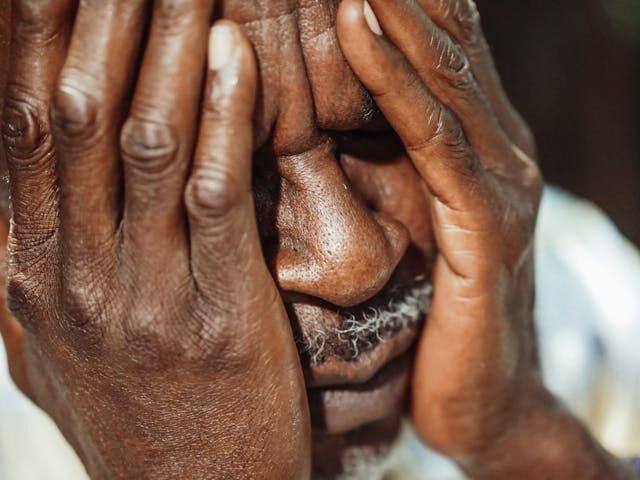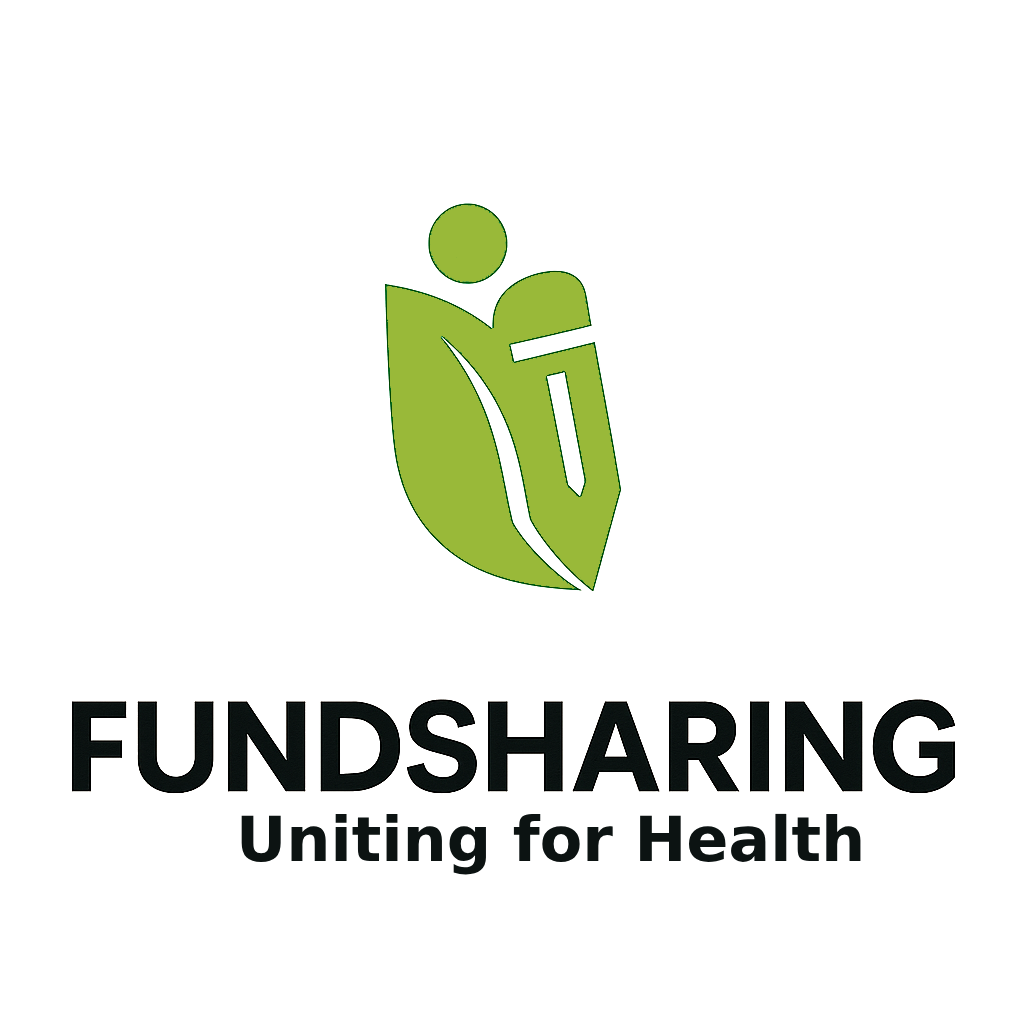The global medical debt crisis is a silent epidemic affecting nearly a billion people. It doesn’t make the headlines often, but for families around the world, the crushing weight of unpaid hospital bills is an everyday nightmare. Whether in developed nations like the U.S. or in low-income countries, the inability to pay for medical treatment can destroy lives, futures, and entire communities. This article dives deep into the top reasons the global medical debt crisis is out of control, and how platforms like Fundsharing offer a transparent and community-driven solution.
7. Reasons Behind About global medical debt crisis

1. Healthcare Is Still a Luxury for Many
In over half the world, healthcare remains inaccessible or extremely expensive. According to the World Health Organization, more than 930 million people spend over 10% of their income on healthcare annually. In many places, one surgery or emergency can wipe out a family’s entire savings.
The global medical debt crisis stems from this inequality—where even basic treatment is a financial burden. This forces families to choose between treatment and survival.
2. Out-of-Pocket Expenses Are the Norm

In developing countries, people often pay 50% or more of medical costs directly out of pocket. Even in countries with some form of insurance, hidden costs, medicines, and follow-up procedures are not always covered. This pushes people into debt that grows exponentially.
The global medical debt crisis worsens when even insured individuals can’t afford treatment.
3. Misuse of Charitable Donations

Scandals involving misused donations are rampant. From celebrity-run foundations to national relief efforts, a disturbing number of donation campaigns have lacked transparency. Funds are sometimes funneled into luxury events, travel, or administrative costs instead of reaching those in need.
These abuses worsen the global medical debt crisis by eroding trust. Donors become hesitant, and real patients lose out.
4. Lack of Transparency in Fund Allocation
Even well-meaning organizations struggle with transparency. Donors often never know how their money was spent. Patients are unaware if campaigns are real or staged. Platforms that don’t offer full visibility contribute to the global mistrust surrounding medical fundraising.
The global medical debt crisis thrives in this fog of uncertainty.
5. Mental and Emotional Toll
The trauma of a health crisis is devastating. Add to that the burden of debt, and it becomes emotionally crushing. Studies show that people facing long-term medical debt are more likely to suffer from anxiety, depression, and even suicidal thoughts.
The global medical debt crisis is not just financial—it’s a mental health emergency too.
6. Emergency Surgeries Leave No Time to Plan
When someone is rushed in for surgery, there is no time to collect funds. This is one of the most painful aspects of the global medical debt crisis. In many cases, families are forced to sell assets or delay treatment, risking lives.
Platforms that allow instant sharing and verified campaigns, like Fundsharing, can be lifesavers in these moments.
7. Communities Want to Help—But Don’t Know How
People are willing to help. But they are bombarded with scams and unclear fundraising systems. Many are left wondering: “Where does my money go?” or “Is this real?”
Fundsharing breaks this cycle by offering full donor transparency, verified medical records, and public certificates of every contribution.
The global medical debt crisis can only be tackled if people feel confident their help is real.
A Transparent, Community-Driven Solution: Fundsharing
At Fundsharing, we believe in full transparency. Donors receive certificates, campaign records are verified, and hospital connections are visible. No hidden fees. No misuse. Every donation makes a direct difference. join Now www.fundsharing.org
Unlike traditional platforms, we are community-driven. This means campaigns are created and supported by real people, monitored openly, and tied to real-time medical needs.
Fundsharing is not just a platform—it’s a movement to restore trust in giving.
Our Mission: SafeMe

This article is part of the SafeMe mission: www.safemeofcl.org
“To create a world where every individual is safe, valued, and free from violence and injustice.”
We focus on a wide range of critical issues—from child labor and domestic violence to mental health and harassment. Our work provides resources and support for victims while pushing for systemic change. Fundsharing is one of the tools in that mission, built to empower communities, ensure transparency, and save lives. Join safeme . www.safemeofcl.org
